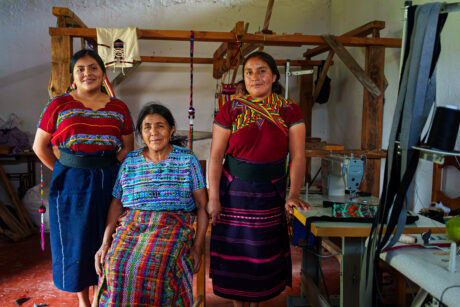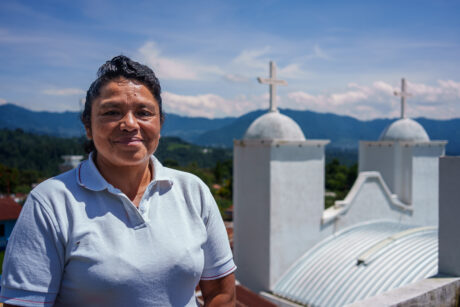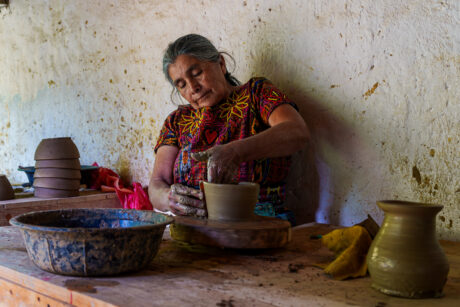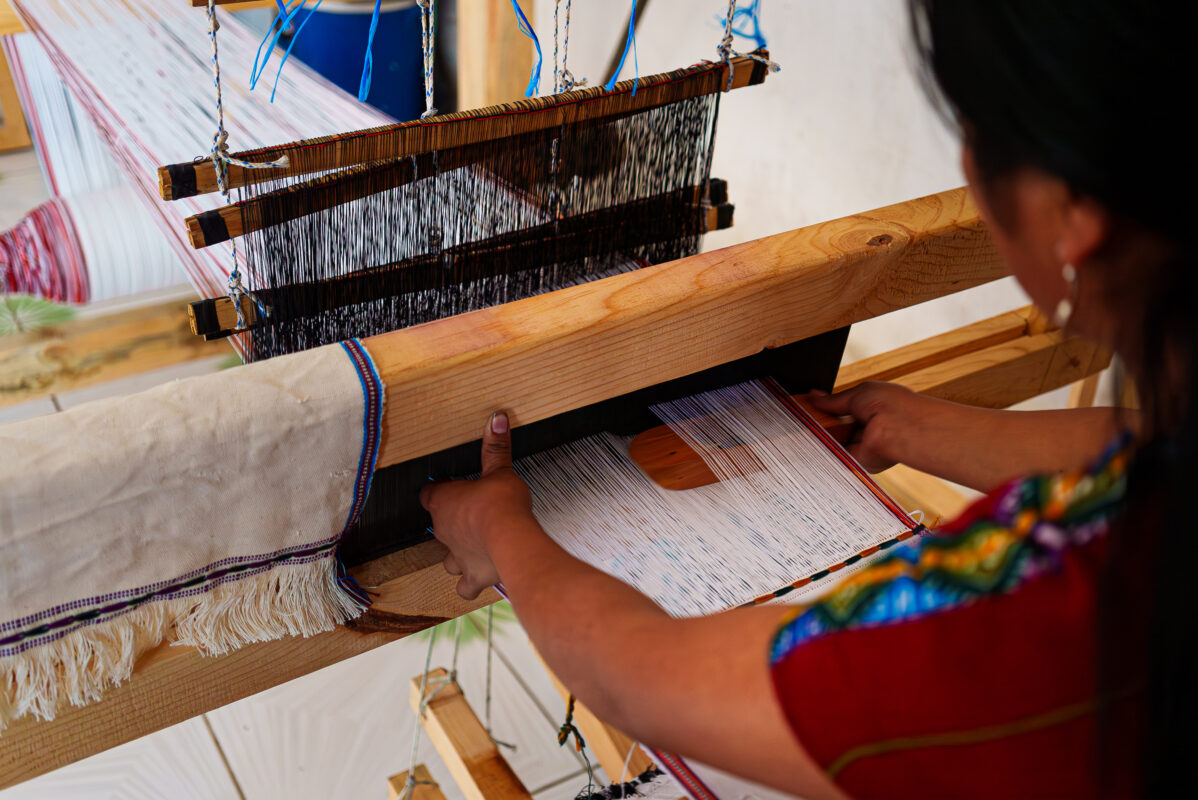Conflit, crises politiques, le recul démocratique et l’extrémisme violent font partie des nombreux défis complexes qui constituent des obstacles à la paix. Au Guatemala, l'USAID Projet de consolidation de la paix — Proyecto Tejiendo Paz in Spanish — works in the Western Highlands to support peace through conflict mitigation.
At the community level, project-trained conflict mediators and community facilitators identify causes of conflict and carry out action plans to mitigate them and resolve existing disputes. À un niveau plus large, the project builds the capacity of departmental and national governments to better understand and resolve local conflict and improve communication with communities.
Chief of Party Sara Barker reflects on how the project is making strides on reducing conflict in the region and setting up local actors to maintain their progress.
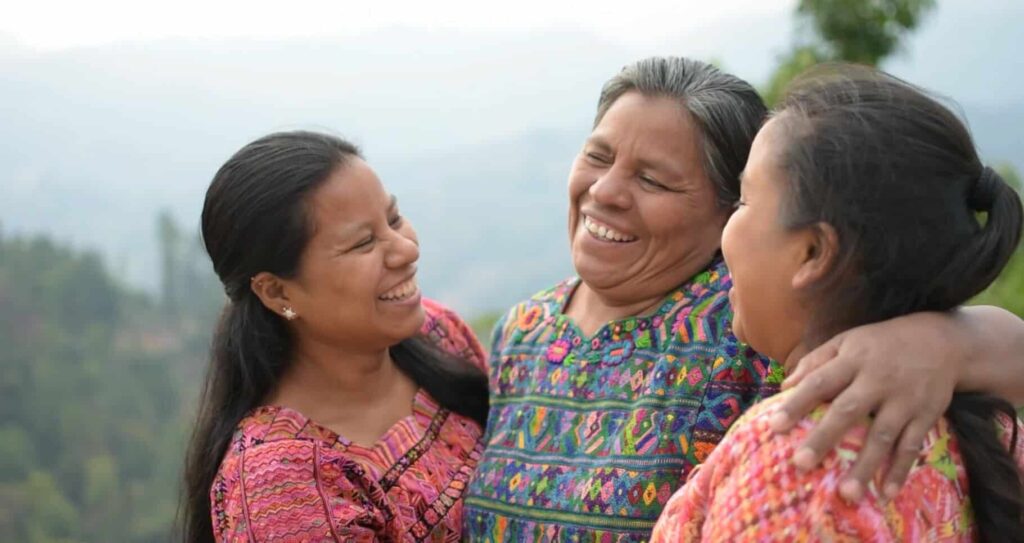
How is the Peacebuilding Project working to promote peace in Guatemala?
The presence of conflict generally indicates that a community’s needs are not being met. The key to promoting peaceful and inclusive societies is in transforming conflicts into opportunities for development and preventing conflicts from escalating into violence.
Understanding the underlying causes of conflicts is critical to transforming conflicts into positive change for communities. Communities themselves are best positioned to understand the often complex and interrelated sources of conflict. They are also best positioned to identify potential solutions, which is key for sustainability in peacebuilding.
En savoir plus: Healing hearts and minds with culturally relevant support
What actors and institutions are partnering to lead this work?
The Peacebuilding Project’s main partners include indigenous authorities, les femmes et les jeunes. The project actively looks for opportunities to connect communities with other actors and resources — such as municipal authorities, local civil society, the private sector and national government institutions — in promoting their peacebuilding priorities.
En savoir plus: Creating collective spaces of empowerment and amplifying youth voices for peace
What is one partner or activity from the project that you think will still be bringing about change in 10 années?
The Peacebuilding Project must work hand-in-hand with the Government of Guatemala at all levels (communauté, municipal, departmental and national) to leave behind sustainable results that continue to improve social cohesion and reduce social conflict long after the project ends.
One key strategy for doing this has been to train delegates of the Presidential Commission for Peace and Human Rights (Commission Paix et Droits de l'Homme, COPADEH) in conflict mitigation and link them to the Departmental Commissions on Security and Conflict Management (Comisión Departamental de Seguridad y Atención de Conflictos, CODESACs) who are responsible for identifying and addressing conflict in their territories.
COPADEH delegates who participated in the trainings took their learnings to the CODESACs and utilized them in the construction of the Departmental Strategies for Conflict Management (Estrategias Departamentales de Atención al Conflicto, EDACs), which serve as a documented conflict mitigation route to guide departmental and municipal governments in a timely and peaceful response to conflict.
All EDACs from the five intervention departments have been revised and/or updated, giving sustainability to the work the Peacebuilding Project has completed during the last few years.
Read more here: Renforcer les institutions et promouvoir la paix dans les hauts plateaux occidentaux du Guatemala
